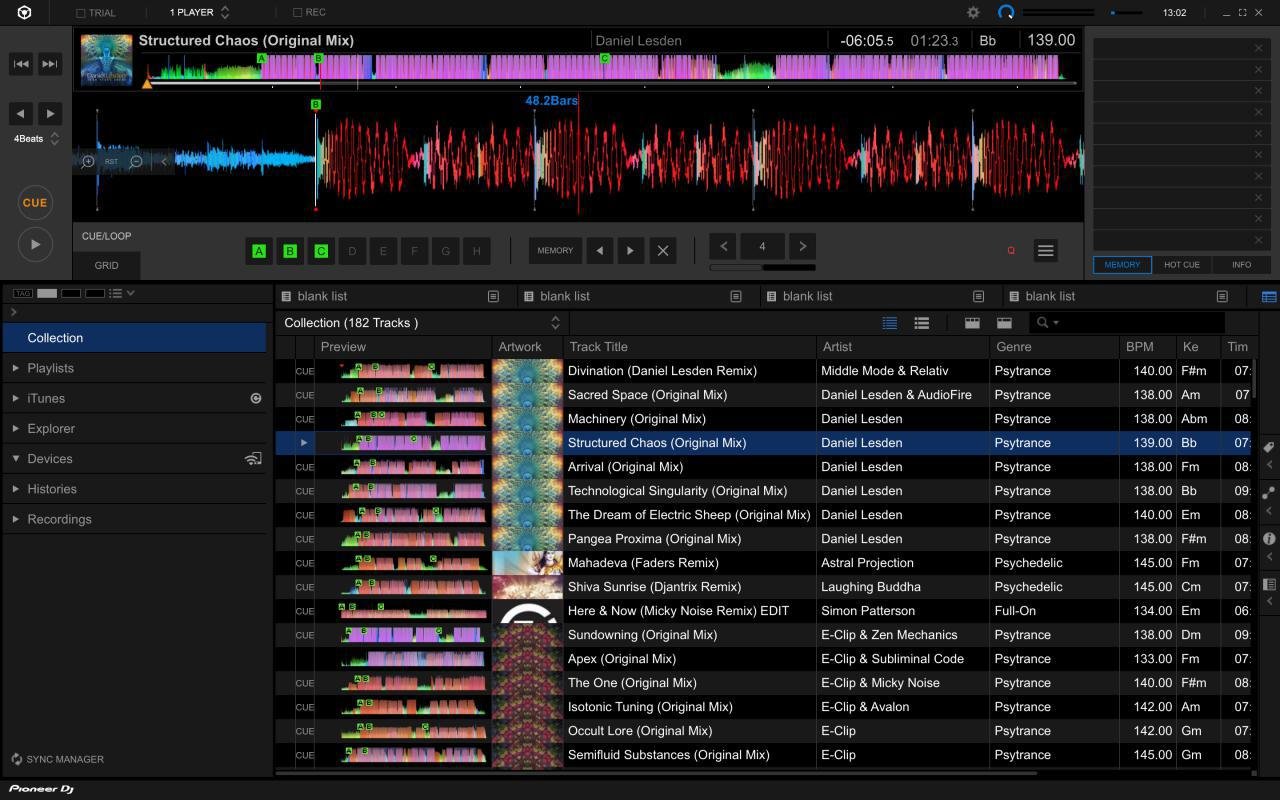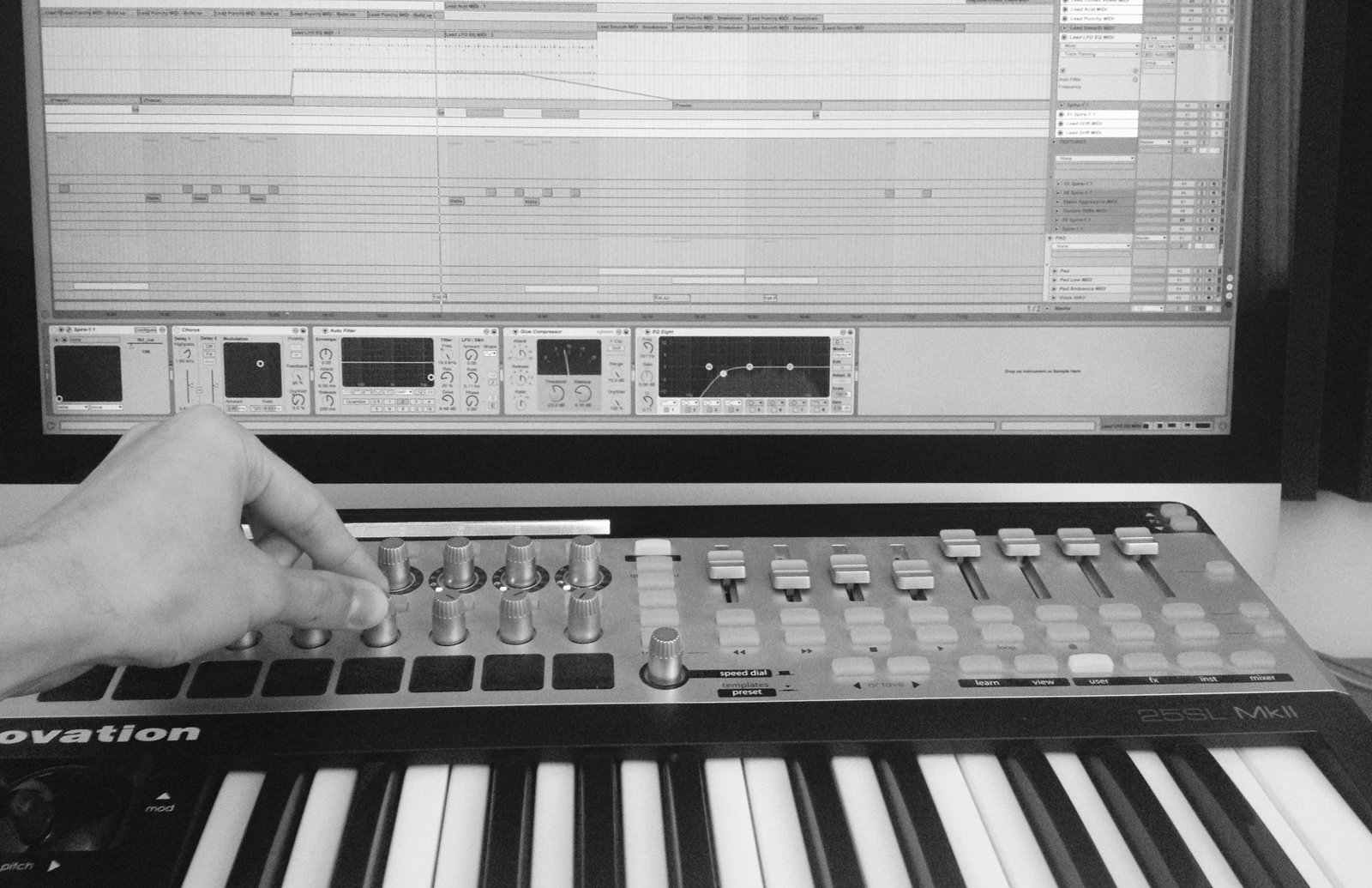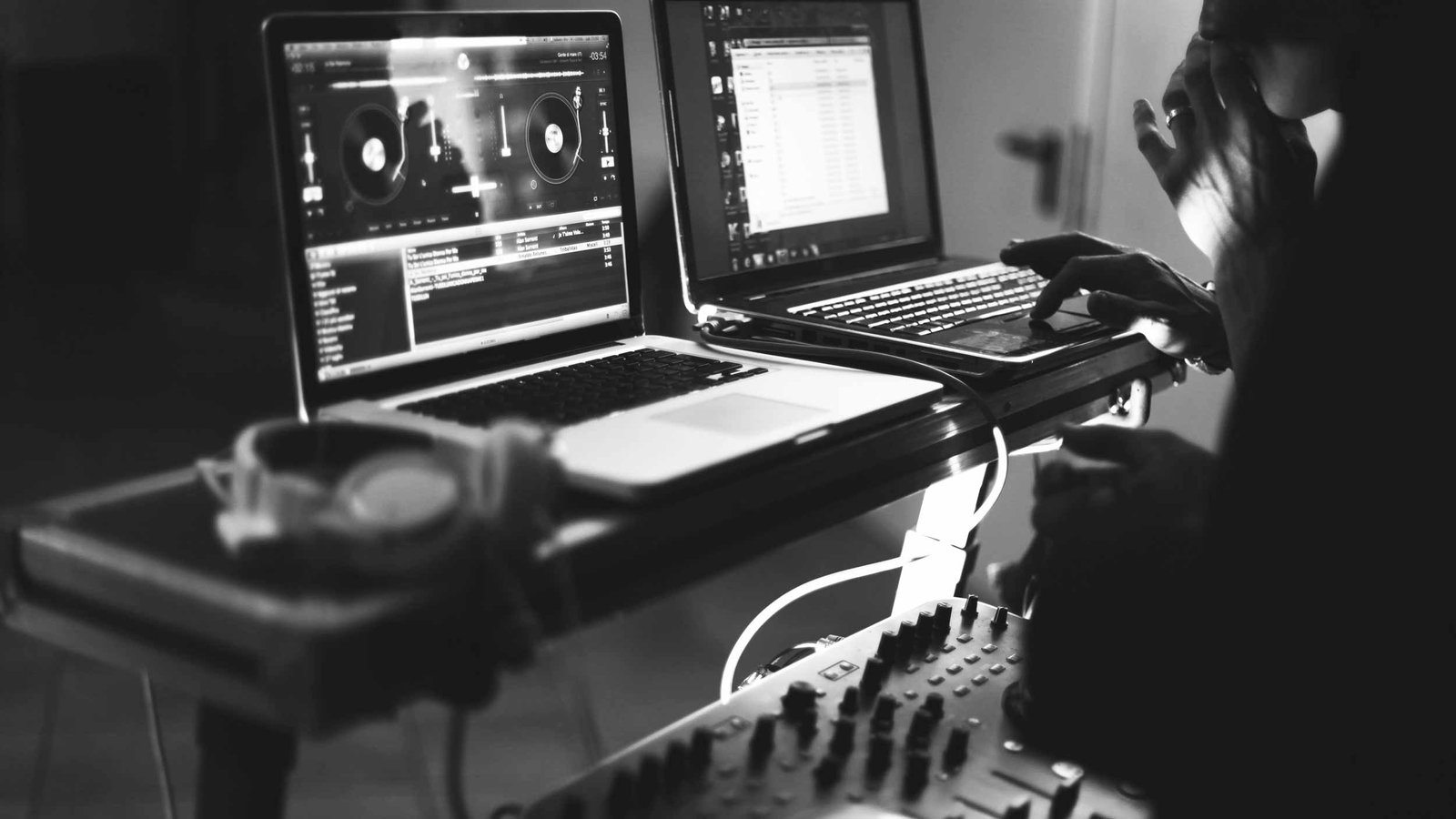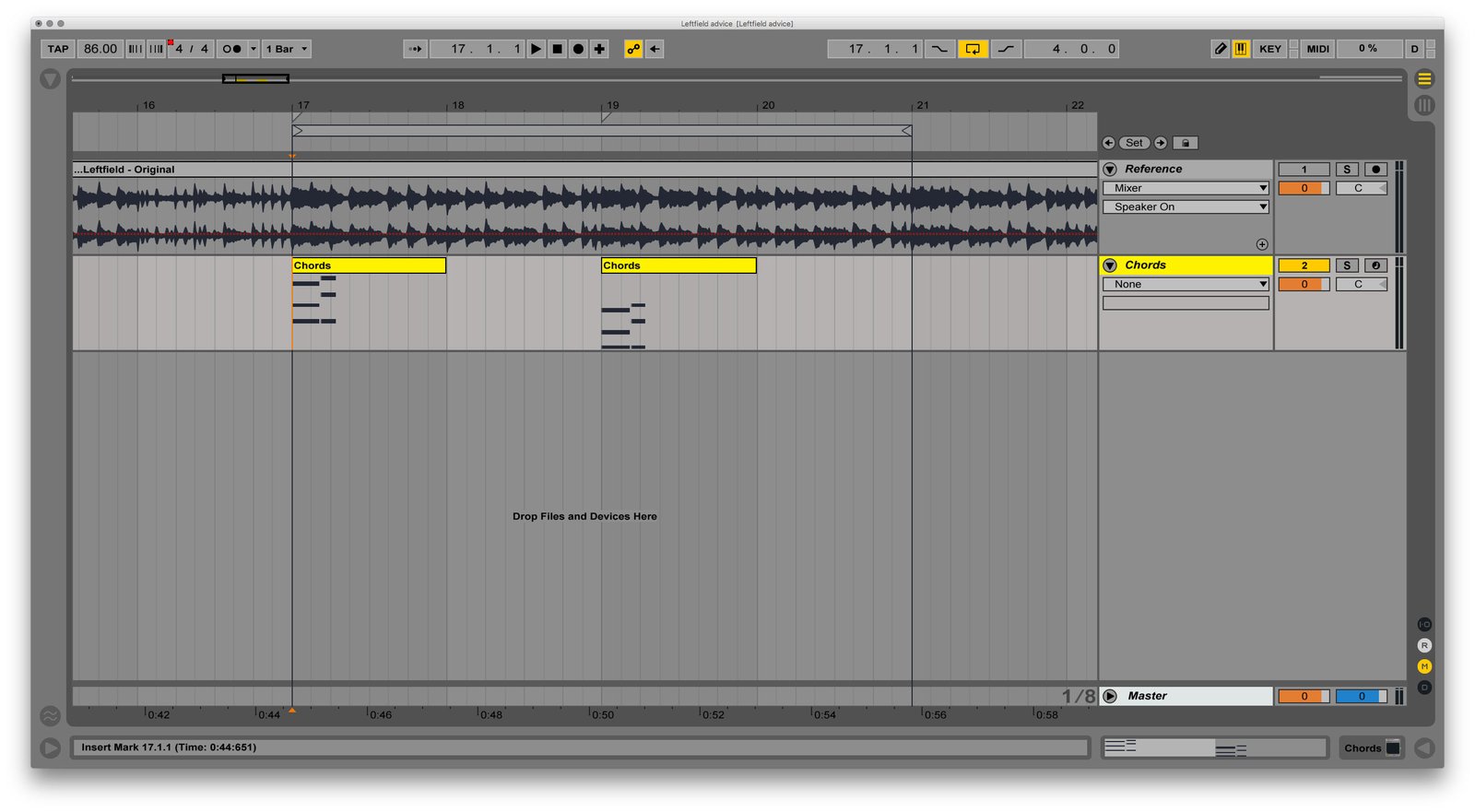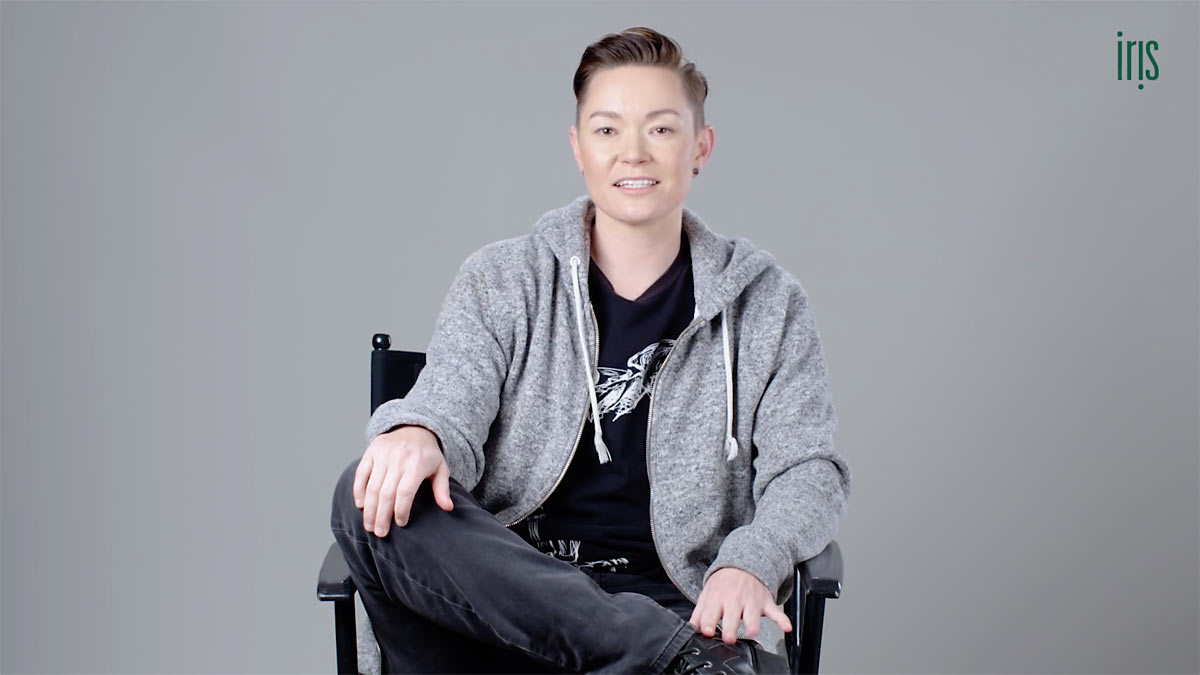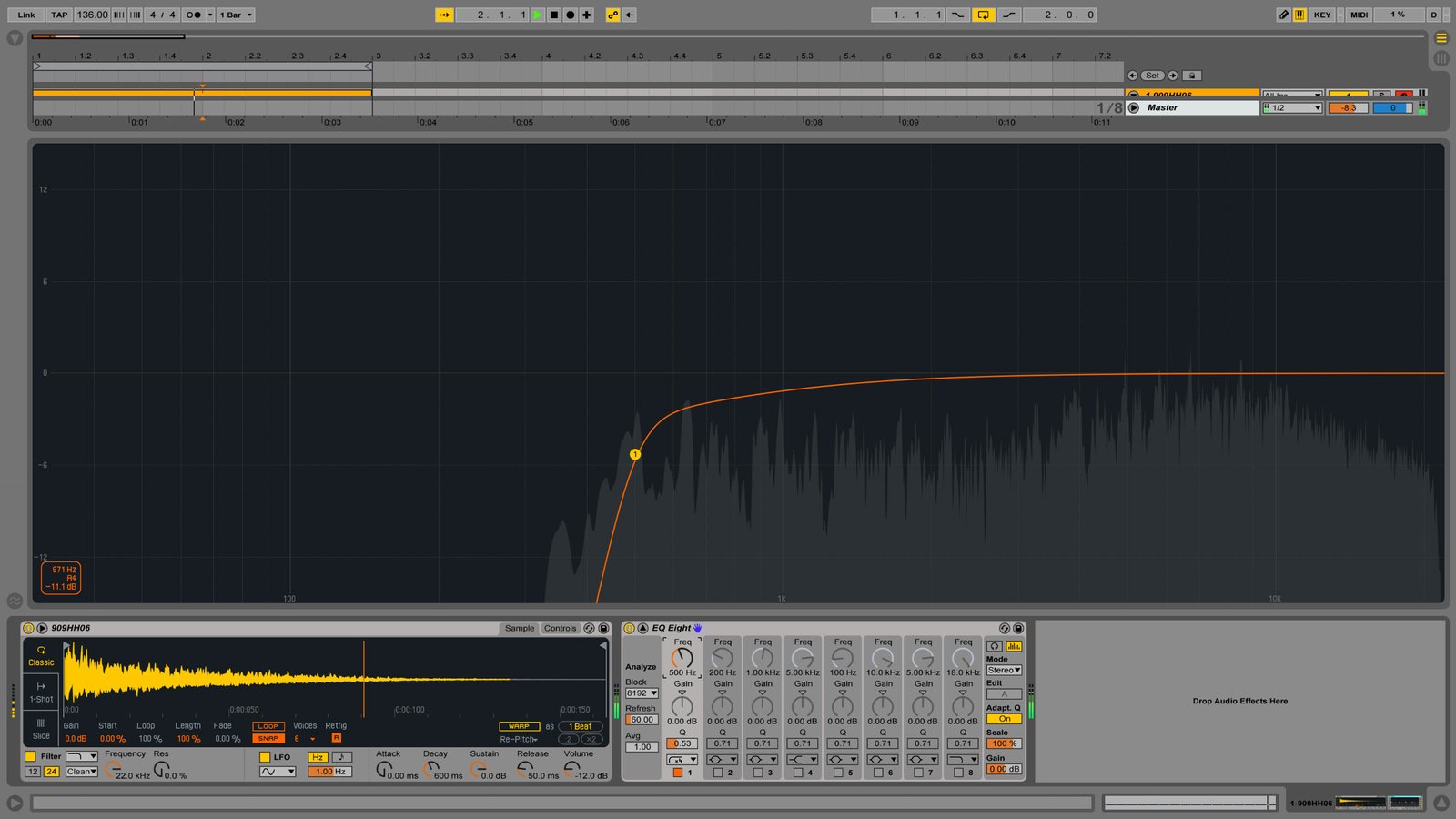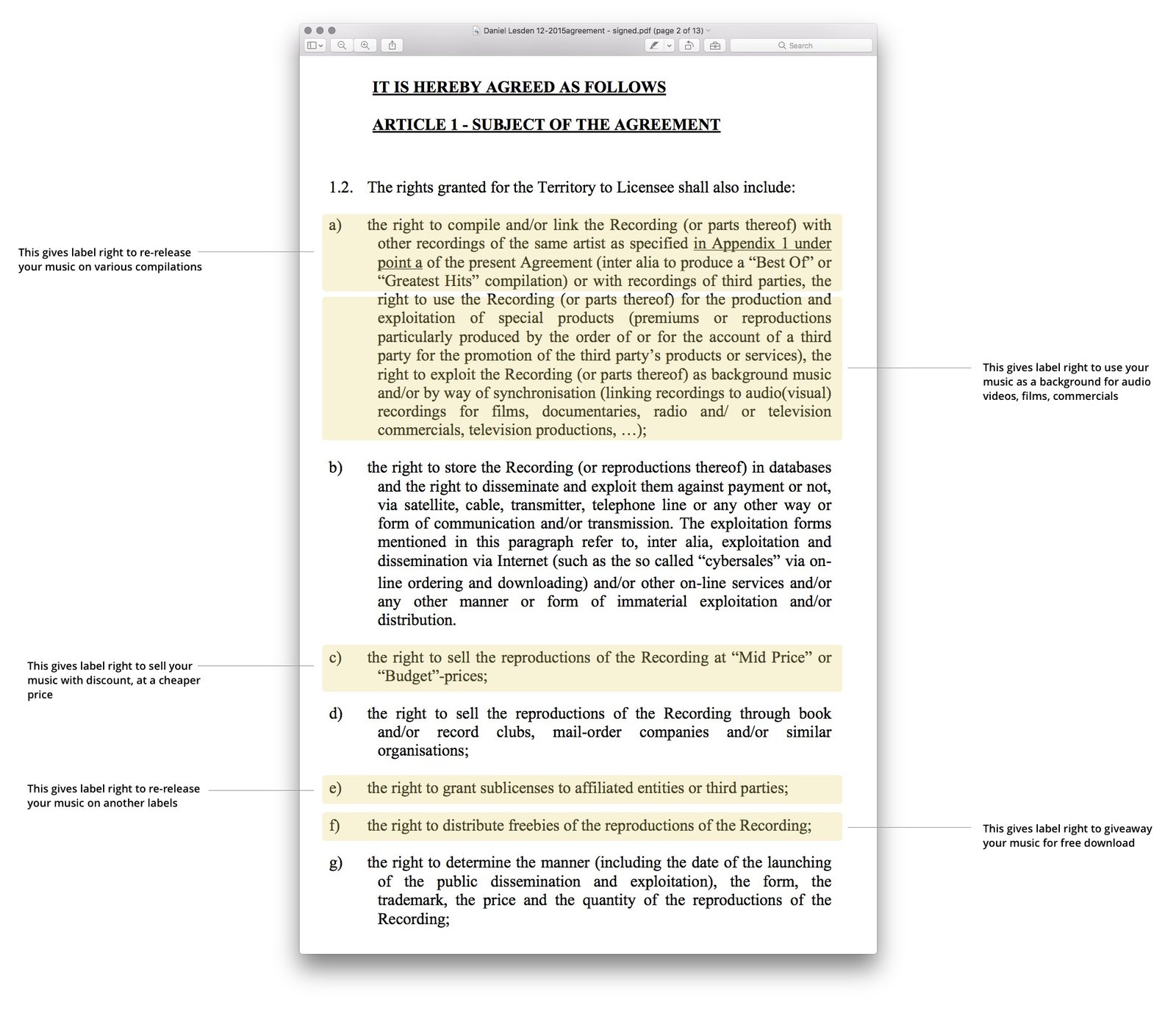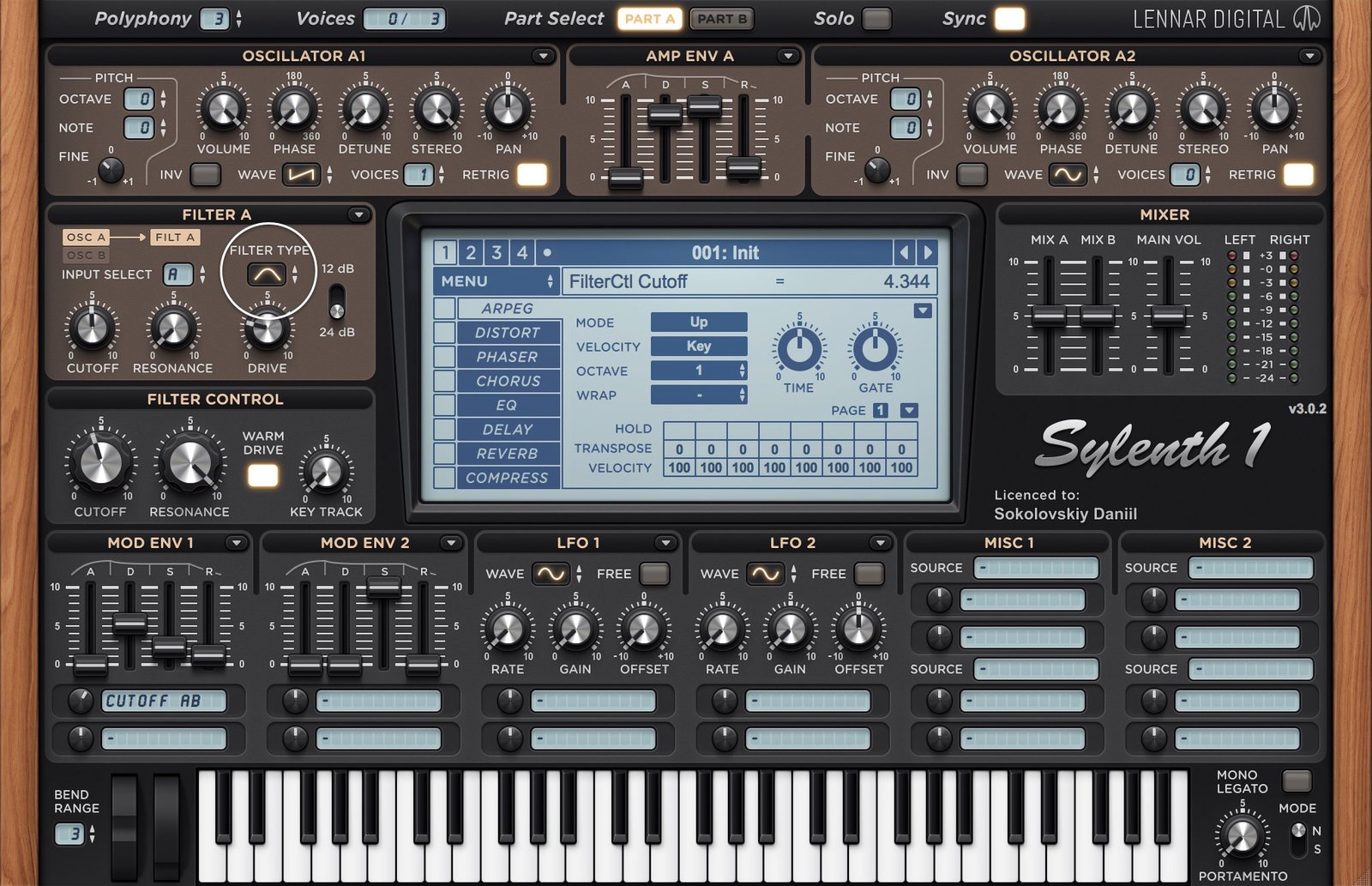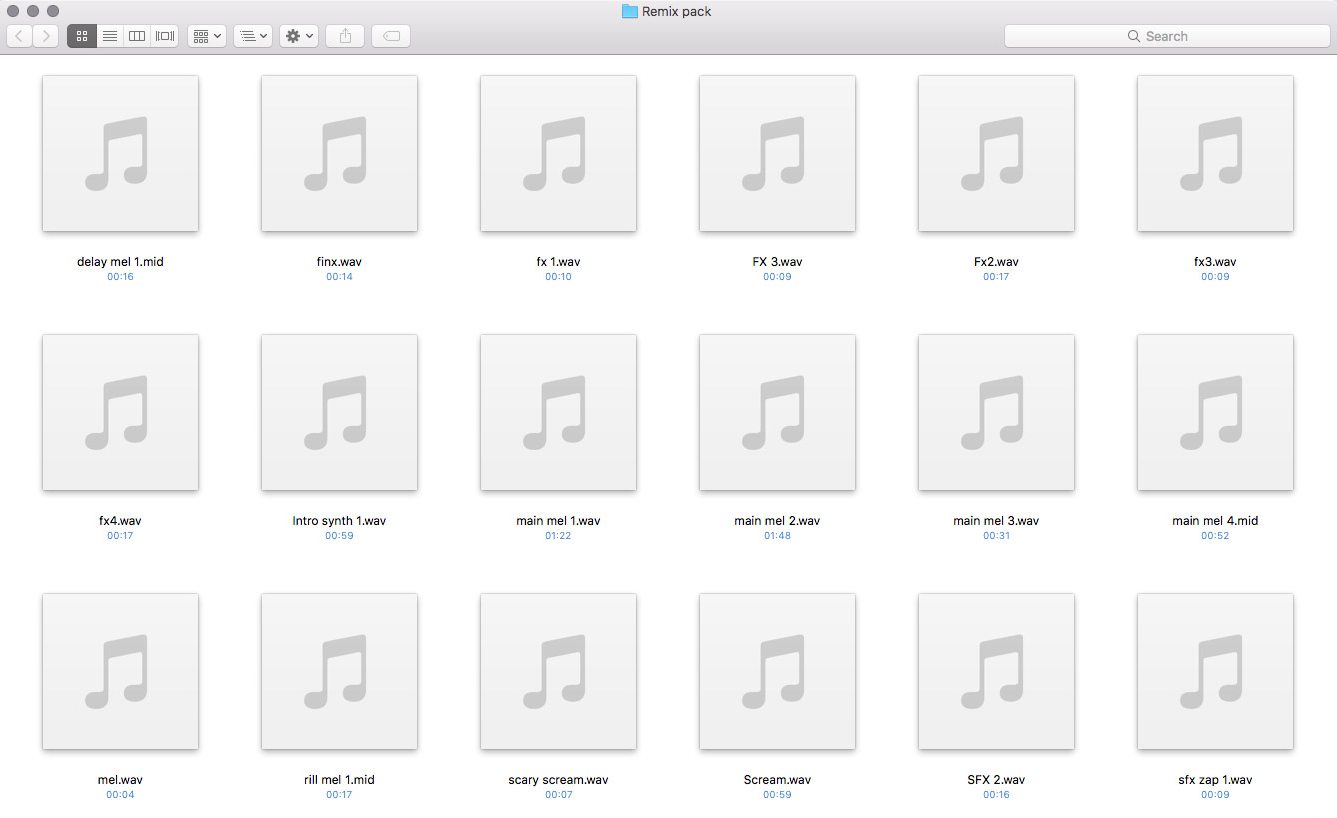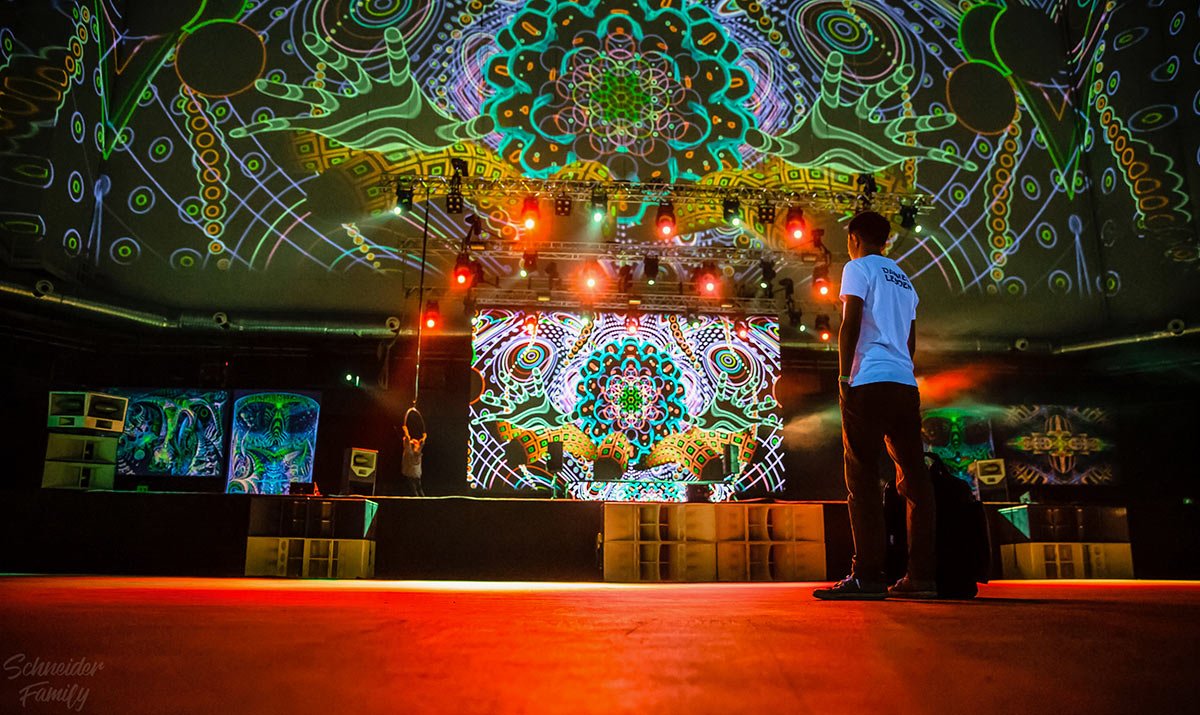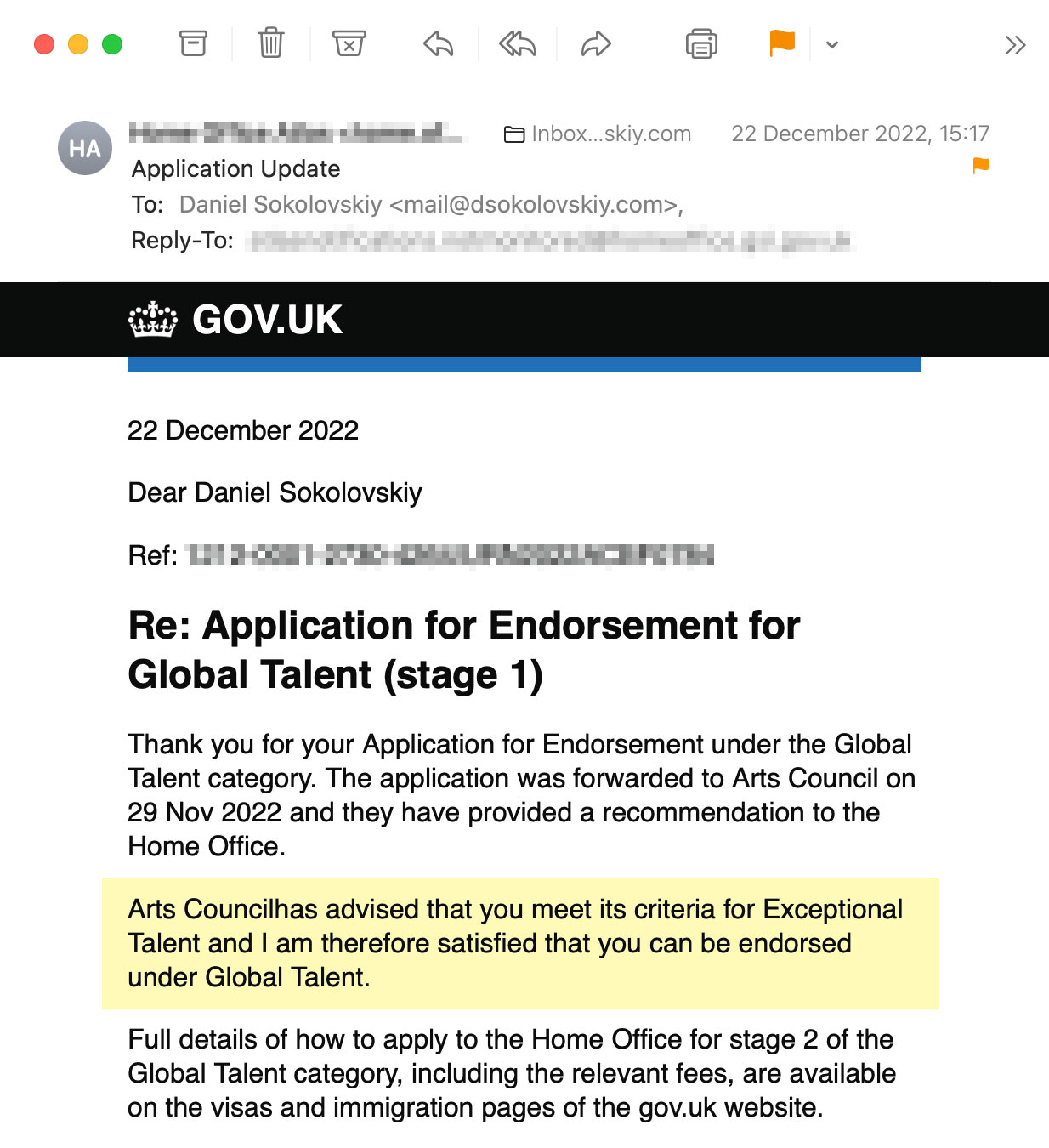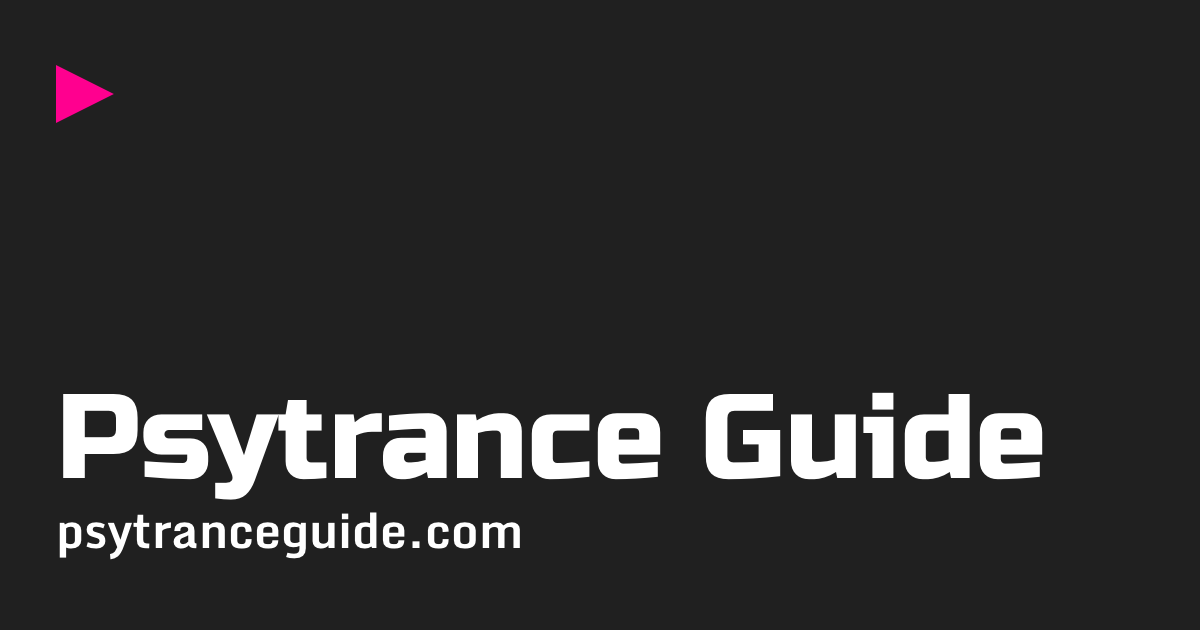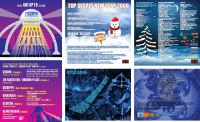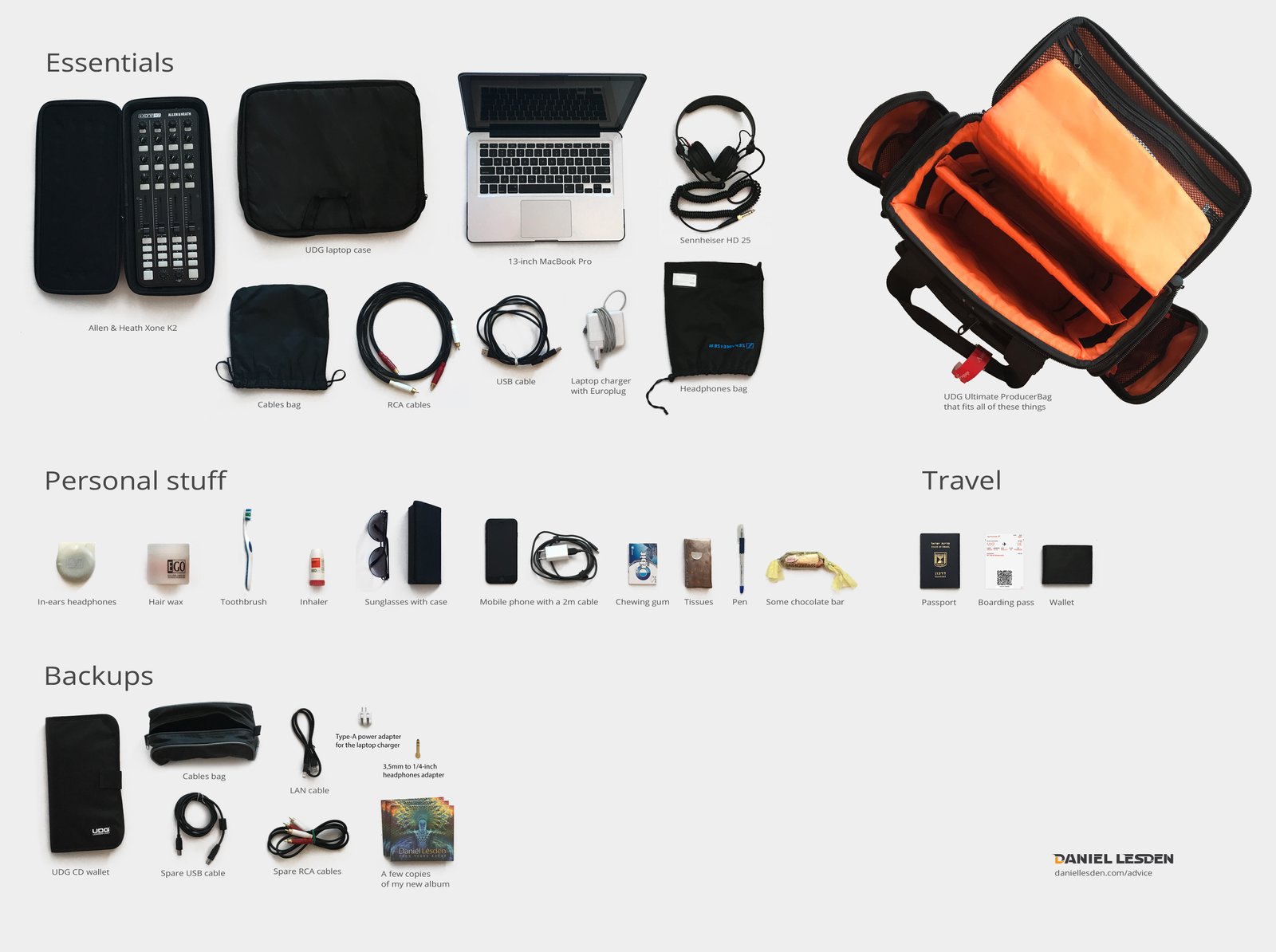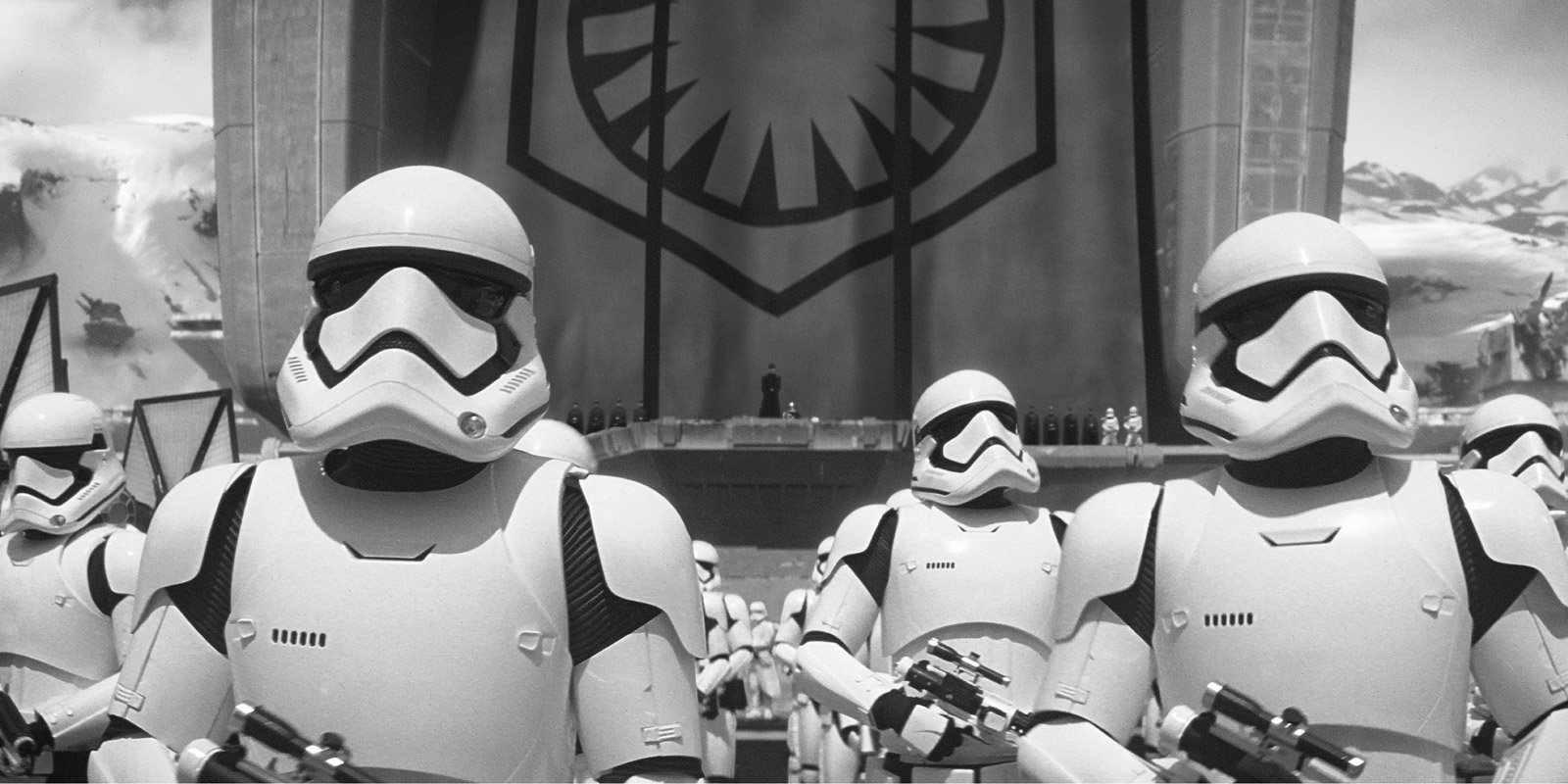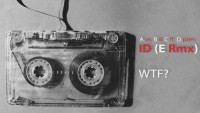Hi Daniel, I’m curious what do you put in your DJ bag for gigs? How to be sure you don’t forget anything? The reason I ask this is that I’ve got lucky to get my first international gig, don’t have much experience yet. Any tips on this?
Jared
Hey Jared, congrats on your first gig :-)
The things DJs put in their bags vary depending on their setup, event type, travel destination, and habits. I’ll show what I typically put in my bag, but before I’d like to give some tips that might help.
Essentials first
First things first, put whatever is essential for your performance. Whether you are a laptop DJ or playing on CDs, USBs or vinyl, put this first.
For USB sticks, be sure it’s not formatted as NTFS because Pioneer players won’t read flash drives with that file system.
For a laptop, be sure it runs your DJ software nice and smooth. Clean it from unnecessary apps that might be running in the background and slow down the performance. Don’t forget the charger with an appropriate plug and the cables.
Always have a plan B
Shit happens. I think none will argue with this. A software can crash, CDs can get scratched, the USB stick can get lost. With that in mind, I highly suggest having a plan B and get some alternative source of music.
Let’s say, you perform on CDJ2000s with a USB stick, but entering the DJ booth you see CDJ1000 which doesn’t have a USB port. As being said, shit happens. You can start yelling to the organiser that he didn’t fulfil your tech rider but it probably won’t help. What would help, however, is a CD wallet that you’ve prepared in advance.
Hopefully, none of these will happen, but for those rare case when it actually does happen, this might save your performance. I don’t DJ with the CDs anymore but still, keep several discs in my bag.
Spare pairs
Continuing the previous point, I also suggest having extra pairs of some basic things. Get a spare USB cable, get an extra charging adapter, get another USB stick. Just in case.
Again, you’ll probably (and hopefully) won’t need any of those things, but it’s better safe than sorry. And it doesn’t occupy much space either.
Travel
Once you packed everything needed for your performance, time to get ready for the travel. Take your international passport and be sure it has at least six months before expiring date and at least one page for the stamp. Don’t forget your visa if you need it.
If you’re planning to have a carry-on bag only, be sure its weight and measurements fit the airline’s terms. Otherwise, you’ll be asked to put your bag in the baggage, which might end up not quite well for the equipment.
If you’re an iOS user, I would also advise adding your boarding passes to the built-in Wallet app. It works offline and shows your passes in a very convenient way. Just make sure to have nice and easy access to your flight info, especially when you have multiple flights.
As for the question what’s in my bag, I thought it would be boring to simply list all the things, so here is a picture I took for you:
Stuff that I typically put in my DJ bag. Cloth not included since it depends on the destination point weather and travel time
Fellow DJs, what you guys put in your bags? More cables? A travel pillow? I’m not a very frequent flyer either, so would love to hear some tips from more experienced colleagues too.
